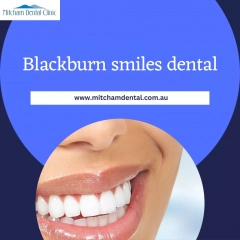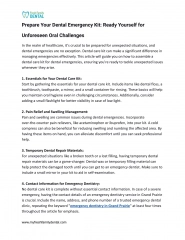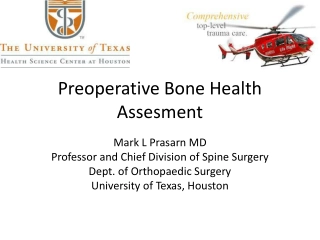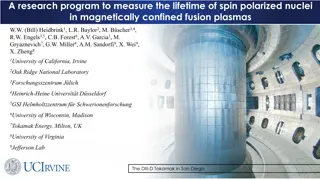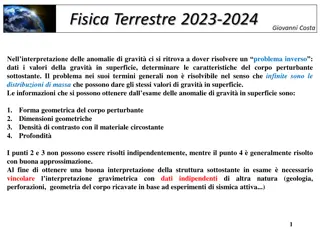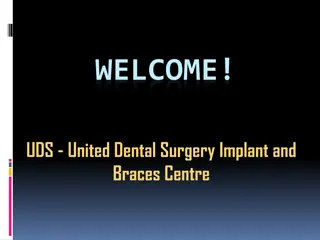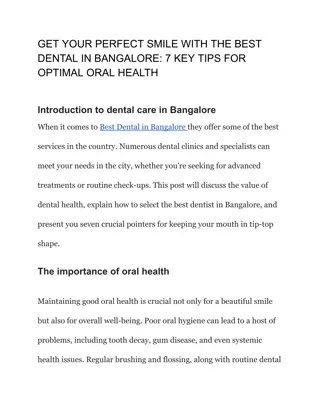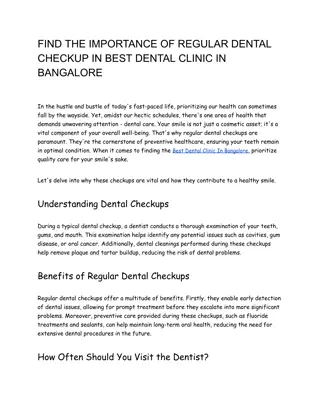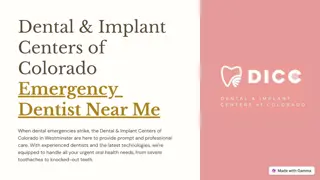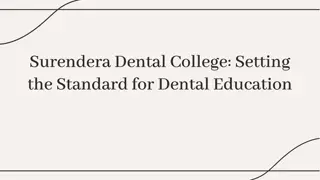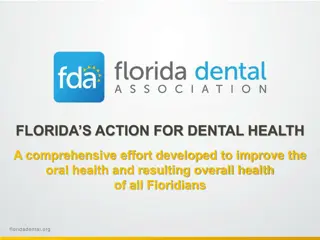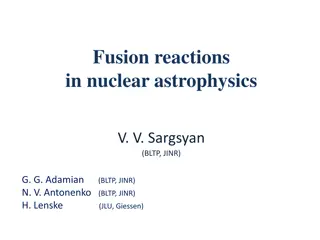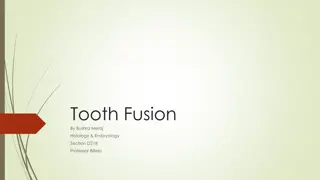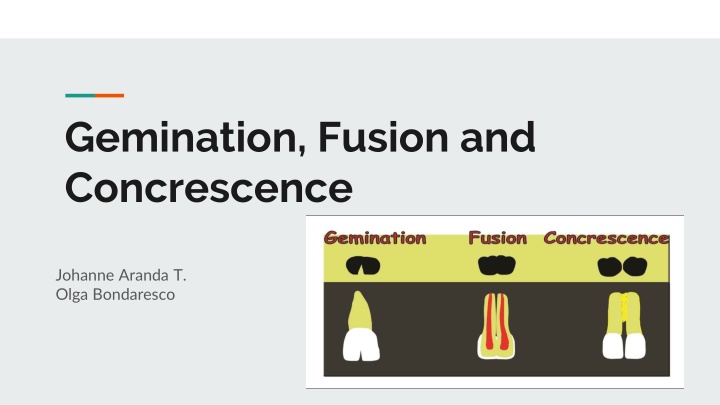
Dental Anomalies: Gemination, Fusion, Concrescence Explained
Dental anomalies like gemination, fusion, and concrescence are explained with detailed images and descriptions. Learn about these unique tooth development occurrences and how they can affect oral health.
Download Presentation

Please find below an Image/Link to download the presentation.
The content on the website is provided AS IS for your information and personal use only. It may not be sold, licensed, or shared on other websites without obtaining consent from the author. If you encounter any issues during the download, it is possible that the publisher has removed the file from their server.
You are allowed to download the files provided on this website for personal or commercial use, subject to the condition that they are used lawfully. All files are the property of their respective owners.
The content on the website is provided AS IS for your information and personal use only. It may not be sold, licensed, or shared on other websites without obtaining consent from the author.
E N D
Presentation Transcript
Gemination, Fusion and Concrescence Johanne Aranda T. Olga Bondaresco
Gemination When a tooth germ attempts to divide and results in a bifid crown Usually affects the primary teeth, but it can affect permanent anterior teeth. It is considered one tooth with a single pulp chamber
Gemination This is what a tooth gemination would look like in the oral cavity, you can clearly see a bifid crown. This images shows how in a gemination tooth, the crowns share a root and pulp chamber. This is considered one tooth.
Fusion The union of two normally separated teeth to form an enlarged tooth Tooth buds begin to develop separately and join in the final stage of tooth development The fused teeth take up as much as two teeth space in the mouth Teeth can have separated roots and canals or have a large bifid crown with one pulpal space
Fusion These images show two teeth fused together but have separate roots and/or canals.
Concrescence Occurs in the embryonic stage of fetal development Tooth cementum is joined with another tooth cementum. The teeth are connected at the roots Can go undetected if the teeth appear normal, will need dental radiographs to make a determination
Concrescence These images show how the molars being connected by their roots
References: Gemination: https://www.longdom.org/articles/gemination-in-primary-teeth--a-report-of-two-clinical-cases.pdf https://pocketdentistry.com/7- acquired-and-developmental-disturbances-of-the-teeth-and-associated-oral-structures/ https://www.ncbi.nlm.nih.gov/pubmed/21685518 Fusion: https://www.researchgate.net/publication/264196970_Tooth_fusion-_A_rare_dental_anomaly_Analysis_of_six_cases http://pubs.sciepub.com/oral/3/1/4/index.html https://www.researchgate.net/figure/Preoperative-radiograph-of-fused- mandibular-lateral-incisor-with-supernumerary-tooth_fig1_291528248 Concrescence: https://www.colgate.com/en-us/oral-health/basics/mouth-and-teeth-anatomy/what-is-concrescence-- https://www.jendodon.com/article/S0099-2399(06)80075-0/pdf https://am-medicine.com/developmental-anomalies-of-tooth/. https://www.nature.com/articles/sj.bdj.2013.438

